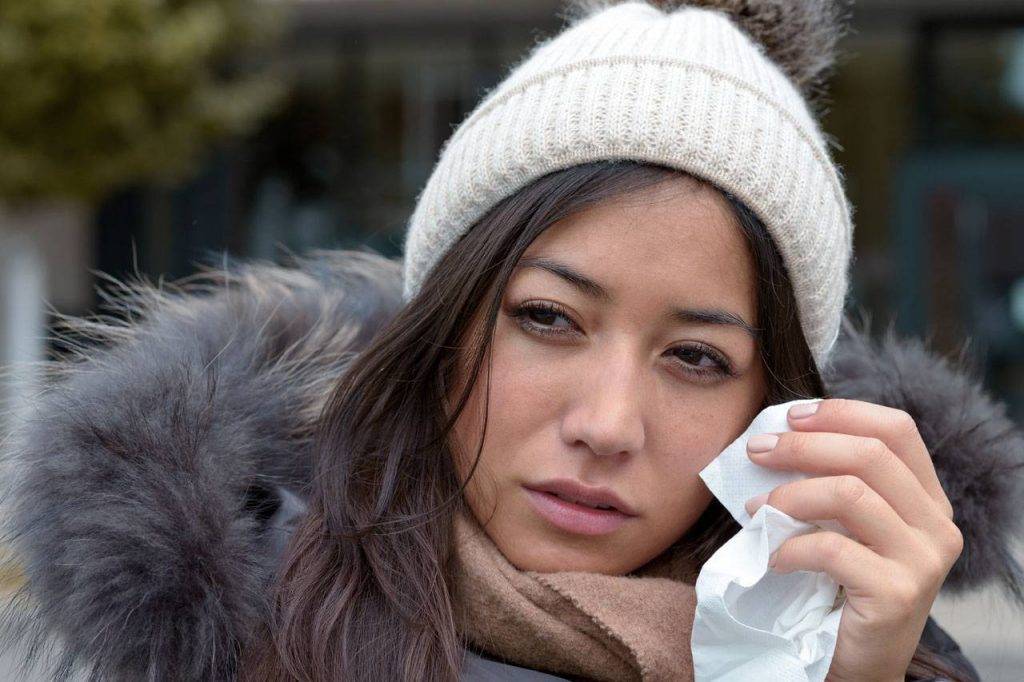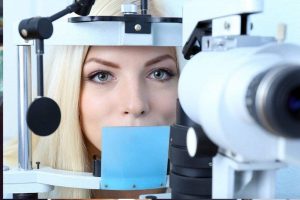Why is it that over 67 percent of patients with dry eyes are women? This means that women are twice as likely to suffer with dry eyes than men.
Dry eye syndrome (DES) is a common condition that occurs as a result of insufficient tear quantity, or inadequate tear quality.
The symptoms of dry eye can range from mild to severe and can significantly impact your productivity and quality of life.
Symptoms of dry eye
- Red eyes
- Burning in the eyes
- Itchy eyes
- Excessive tearing/watery eyes
- Blurry vision
- Sensitive or sore eyes
- Eyelid inflammation and discomfort
- Foreign body sensation in the eyes
If you suspect you have an eye condition, contact an eye doctor near you, who can diagnose and treat the condition.
SEE RELATED: How Is Dry Eye Syndrome Diagnosed?
Why is DES more common among women?
According to studies, dry eye syndrome is most prevalent among older adults, above age 50, and tends to affect more women almost twice as often than men.
Hormonal changes
Hormone levels fluctuate throughout a woman’s lifetime and can affect tear production and quality, depending on the time of the month, and stage of life.
According to studies, high levels of estrogen and low levels of testosterone can both lead to DES.
Monthly cycle. Estrogen levels are at their highest during the first half of your monthly cycle. Therefore, dry eye symptoms may feel worse within a few days after menstruation.
Oral contraceptives. Dry eyes is a known side effect of many oral contraceptives. Birth control pills lower the androgen levels in the body, which can negatively impact the quality and quantity of tear production.
Pregnancy. Pregnancy hormones can lead to DES as well as other vision changes. In early pregnancy, morning sickness and vomiting can lead to dehydration, which can affect the moisture in the eyes as well.
Menopause. Menopause causes many hormonal changes in the body and is a common cause of DES in women above the age of 50.
Approximately 61 percent of perimenopausal and menopausal women are affected by dry eyes.
Furthermore, around 38 percent of post-menopausal women in the U.S. use hormone replacement therapy (HRT) to manage their menopausal symptoms— a treatment that has been closely linked to DES.
Women who use HRT with estrogen alone increase their risk of dry eye by 69 percent, while women who use a combination of estrogen and progesterone are 29 percent more likely to experience dry eye symptoms than women who don’t use HRT at all.
Makeup
Some brands of eye makeup contain ingredients that can irritate the eyes and cause dry eye symptoms. Certain makeup removers also contain harsh chemicals and oils that can affect the quality of the tears and cause them to evaporate too quickly.
How to reduce your risk of DES
Here are some tips to help you reduce your risk of developing DES:
- Always discuss your eye health and history with your eye doctor and primary care physician before beginning any new medication.
- Only apply eye makeup to your outer eyelids.
- Remove eye makeup every night with a paraben-free makeup remover or a gentle soap recommended by your eye doctor.
- Use a humidifier in your home and office to increase moisture in your environment.
- Drink plenty of water to stay hydrated throughout the day.
- Increase your Omega-3 intake to improve your tear quality.
- Use lubricating eye drops to relieve dry eye symptoms.
- Wear sunglasses outdoors to protect your eyes from harsh winds and debris.
LEARN MORE: Guide to Eye Conditions
If you think you may have dry eyes, schedule an appointment with an eye doctor for an exam and to discuss the many different dry eye treatments that can help your eyes feel comfortable again.








